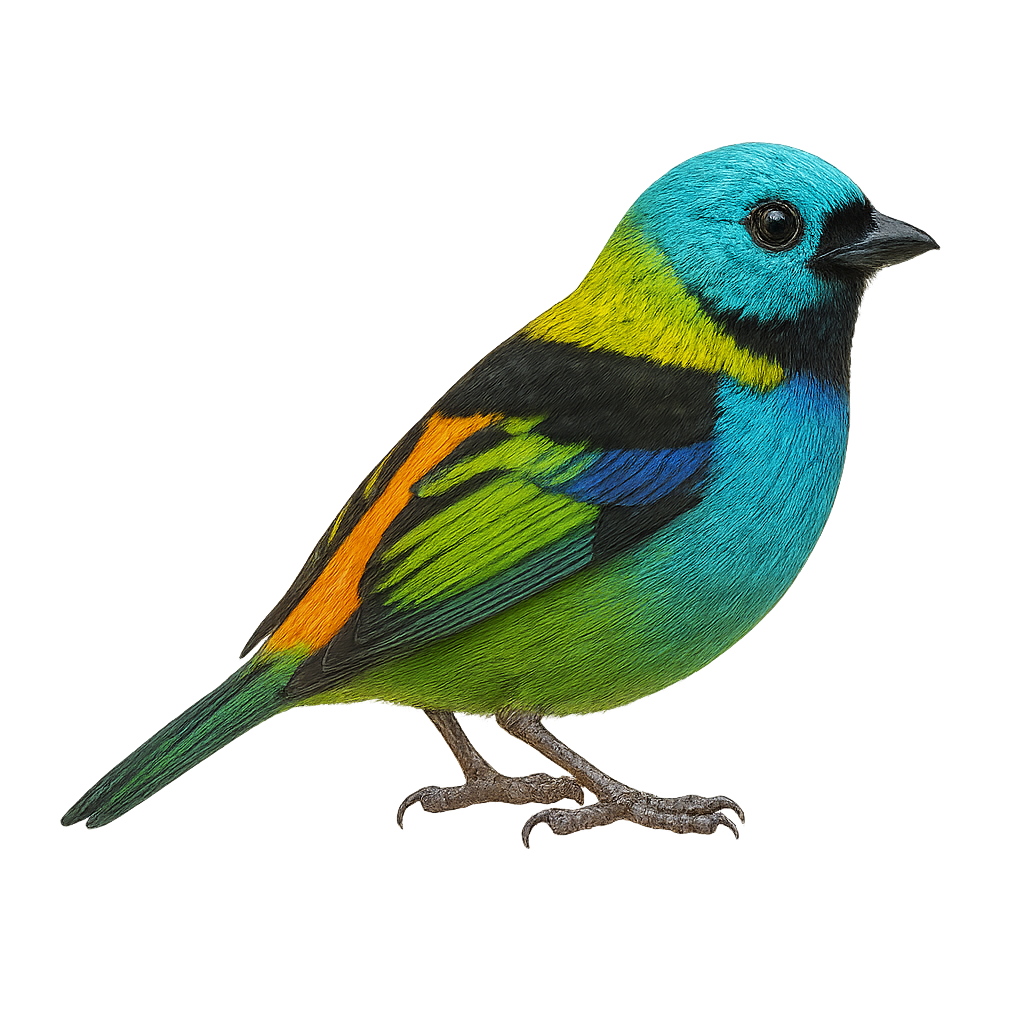Your wildlife photography guide.
Explore the green-headed tanager in detail, study its behavior, prepare your shots.
Where to observe and photograph the green-headed tanager in the wild
Learn where and when to spot the green-headed tanager in the wild, how to identify the species based on distinctive features, and what natural environments it inhabits. The WildlifePhotographer app offers tailored photography tips that reflect the green-headed tanager’s behavior, helping you capture better wildlife images. Explore the full species profile for key information including description, habitat, active periods, and approach techniques.
Green-headed Tanager
Scientific name: Tangara seledon

IUCN Status: Least Concern
Family: THRAUPIDAE
Group: Birds
Sensitivity to human approach: Suspicious
Minimum approach distance: 5 m
Courtship display: November to December
Incubation: 13-15 jours
Hatchings: November to January
Habitat:
Humid tropical forests, forest edges, wooded areas
Activity period :
Primarily active during the day, with peak activity in the morning and late afternoon.
Identification and description:
The Green-headed Tanager, or Tangara seledon, is a colorful and fascinating bird primarily inhabiting the humid tropical forests of South America, notably in Brazil, Argentina, and Paraguay. This bird is easily recognizable by its vibrant plumage, blending shades of green, blue, yellow, and black. It measures about 13 to 14 cm in length and weighs between 15 and 20 grams. The Green-headed Tanager is a sociable bird that feeds mainly on fruits, nectar, and insects. It plays an important role in seed dispersal, thus contributing to forest regeneration. Although not considered threatened, deforestation poses a potential threat to its natural habitat.
Recommended lens:
400 mm – adjust based on distance, desired framing (portrait or habitat), and approach conditions.
Photography tips:
To photograph the Green-headed Tanager, it is advisable to use a telephoto lens of at least 400mm to capture the details of its colorful plumage without disturbing it. Look for areas where fruits are abundant, as these birds are often present there. Be patient and discreet, as although they are suspicious, they can get used to your presence if you remain still. Take advantage of the morning hours when the light is soft to get shots with vibrant colors.
The WildlifePhotographer App is coming soon!
Be the first to explore the best nature spots, track rutting seasons, log your observations, and observe more wildlife.
Already 1 430 wildlife lovers subscribed worldwide

